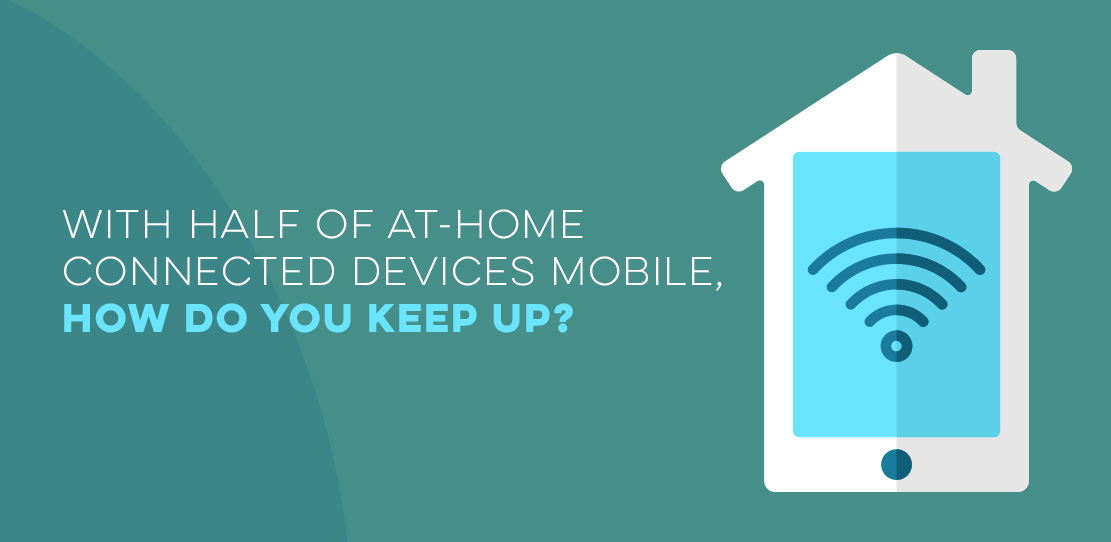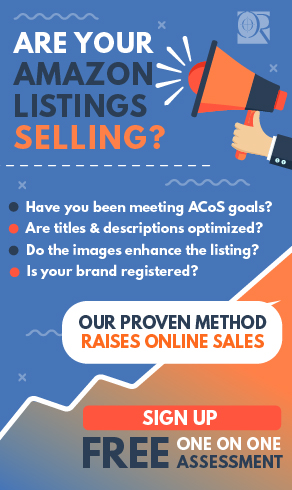
Half Of Internet-Connected Homes Have Dual Internet Access
Mobile devices – including smartphones and tablets – make up more than half of internet-connected devices in US households. That falls in line with the overall trend of dual internet access (or PC and mobile devices) for most web users in the country.
So, how do you adapt your advertising strategy to ensure you’re reaching your targets on the devices they actually use?
Consider Your Customers’ Journey As A Whole. Here’s What We Mean:
Many statistics show that younger generations, like Millennials, conduct most of their online actions through mobile devices, while older generations still hold onto desktops.
But look a little closer at the statistics and you’ll notice that virtually all demographics actively use both types of devices for their searches.
In fact, all too often what we find is that the average US customer will shift from device to device depending on where he falls in his buyer’s journey. Understanding the intent and mindset of your prospects will help you craft the perfect ad copy to encourage conversions.
Mobile users are often times just starting their journey. They’ve identified a problem and are going to look for a solution. In other words, many users in this group aren’t using words associated with your product or brand in their search – they’re not there yet.
They’re focused on the problem. For example, they might type: “How can I get rid of a stain on my couch?”
This type of search mindset is custom-made for mobile. Now that we have instant access to the web, we hop online the moment we want to find answers to questions we have.
Searchers move past this awareness stage once they’ve compiled enough information to start comparing their options. Now they’re looking to see which solution fits their needs.
While many people will still use mobile for this type of search, we’ve seen that most online searchers will move to a larger screen. You should adapt your ad strategy accordingly. It’s easier for these online searchers to digest and assess the information they’re reading if they’re in a more formal setting (like a desk) and at a larger screen.
Finally, when the buyer is about to make a purchase, here’s where it’s key that you drill down the data from your specific market. Easy-checkout methods have made it attractive for consumers to complete a purchase from virtually any device – mobile or desktop. You’ll want to develop an ad strategy that caters to both audiences; however, you’ll also want to invest more time and money in the environment that provides you the highest ROI.
In the end, the goal is to develop an ad strategy that follows your prospects across devices and mindsets. We can talk endlessly about how mobile is taking over and is the preferred device for younger buyers. But the truth is a little more complicated.
Most households have dual internet access, and it’s time your ad strategy reflect that. OperationROI can help. Our team will audit your current strategy, research your industry and marketplace, and develop an approach that brings your message to the right people at the right time.
Learn more by calling us at 1-888-277-5429 or by filling out our contact form.
No Mobile Strategy? Contact Us Today!





